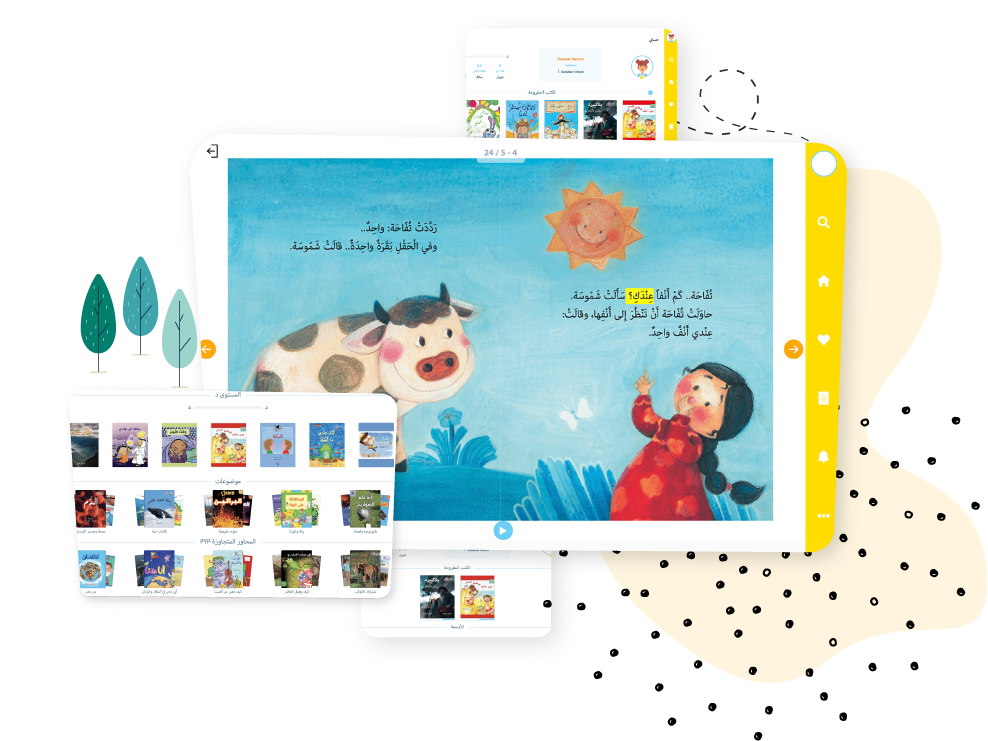Learning To Read: A Step-by-Step Approach For Preschoolers
Reading is not something that happens overnight. Children are not born readers but they need to be steered in the right direction by an adult to be able to develop this wonderful skill. Every child is gifted differently and their learning styles may not be the same. Therefore, it is unfair to compare your child with another preschooler of the same age.
Learning to speak happens quite naturally amongst children, as they start by picking up words from conversations being spoken by adults around them. The child starts by learning to speak his own mother-tongue, as it is spoken most at home. This seems rather simple, doesn’t it?
However, learning to read is different from being able to speak in a particular language. Though the child may speak ‘English’ quite well, he may not know how to read the words or connect his vocal speech to the word characters in a book.
The four stages of language development are; Listening, Speaking, Reading, and lastly Writing. Reading is at stage ‘three’, that is after the child has learnt to listen & speak. Reading is a slightly complex process affected by a number of factors. Reading literacy requires practice, proper instructions, and the development is a gradual process occurring in different stages.
Ever wondered what are the various stages of learning to read?
Explore the magnificent world of ‘books’ and help your little kiddos embark on their reading journeys by taking notes on the following phased approach.
The Emergent pre-reader (between age 6 months to 6 years)
This stage is all about discovery. Children are still exploring the world around them and trying to make connections. They are constantly observing words on sign-boards, television shows, in their classrooms, and on their handheld tabs. The letters seem familiar to them, as they have studied their ABCs in classrooms. While exploring, they discover that when letters are combined together, they form words. Previous knowledge about phonics helps them identify the ‘letter sound’ and apply a technique called blending to join the letter sounds into a word.
Children start by recognizing and naming things by the shape of it. They know what an apple looks like and they can identify a bat, and a cupboard. Instructional worksheets with simple CVC (consonant vowel consonant) words are presented to the child at this stage. The worksheet has simple three letter words with corresponding pictures of the objects. The child observes the word and finds a meaningful connection to the picture right next to it.
There is something called as ‘sight words’ that are commonly used in English language. Some examples of sight words are; ‘at’, ‘the’, ‘them’ and ‘they’. These words don’t follow the phonics rules and must be learnt as it is. It is beneficia to have a ‘sight wall’ in classrooms and your home where the child will be exposed to these words over & over again. This helps the child memorize the ‘sight words’ easily, making them more prepared for reading.
Many parents owe the success of their child’s reading capabilities to Kutubee. This app, makes reading fun for the emergent readers by making available a vast library of e-books. The illustrations, colors, and animated characters not only make the story come to life, but also present the sentence in easily legible format for the young child to practice reading.

The Novice reader (between age 6 years to 7 years)
These early bird readers are familiarizing themselves with printed words and sounds. They no longer require an ‘image’ to associate the words. Meaningful connections are formed basis the vocabulary stored in their memory. At this stage, the child begins to read stories with little or no help from an adult. They apply phonetic rules to four – five letter printed words and learn to pronounce them correctly.
Often children are presented with ‘short stories’ with simple sentences. The words that describe the main character ‘pink pig’ or ‘big bad wolf’ are repeated through the story to drill the context clearly.
KutuBee makes the job of the teacher/parents easy by recording the audio of children while they practice reading. In this way, the adult can correct the child wherever needed and give him guidance to read words with more fluency.
The Transitional reader (between 7 years to 9 years)
During this phase children get to read easy chapters from school text books and novels with increasingly greater level of fluency. The sentence is broken down by the child and read in parts, if it is too long for them to read. The child re-reads the paragraph to make meaning out of the printed matter.
Usually the font used in these stories are still large and the words are evenly spaced out. The chapters are short and limited to 3 to 4 pages.
Kutubee has a good collection of stories for the transitional reader. Books about fantasy, adventure and those which have a moral are more interesting for the children to read.
The Fluent reader (between 9 years to 15 years)
The fourth stage is when children finally have the confidence to read and are on a journey to expand their vocabulary and gain knowledge from reading. This is when they start focusing on studies through textbooks, read newspaper to stay updated with current affairs, and refer to articles on the ‘web’ to research on various topics. Learners gain new ideas, undergo various experiences, and are building strong attitudes.






Recent Comments